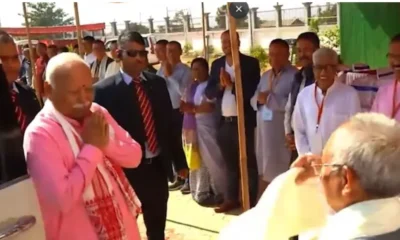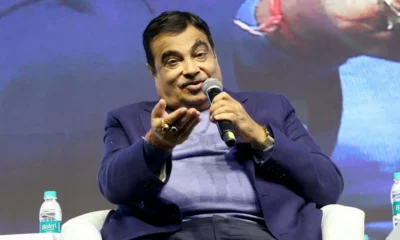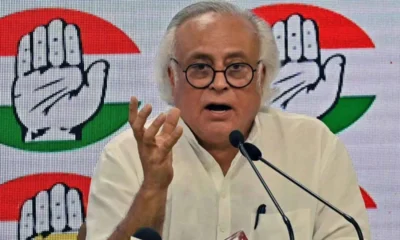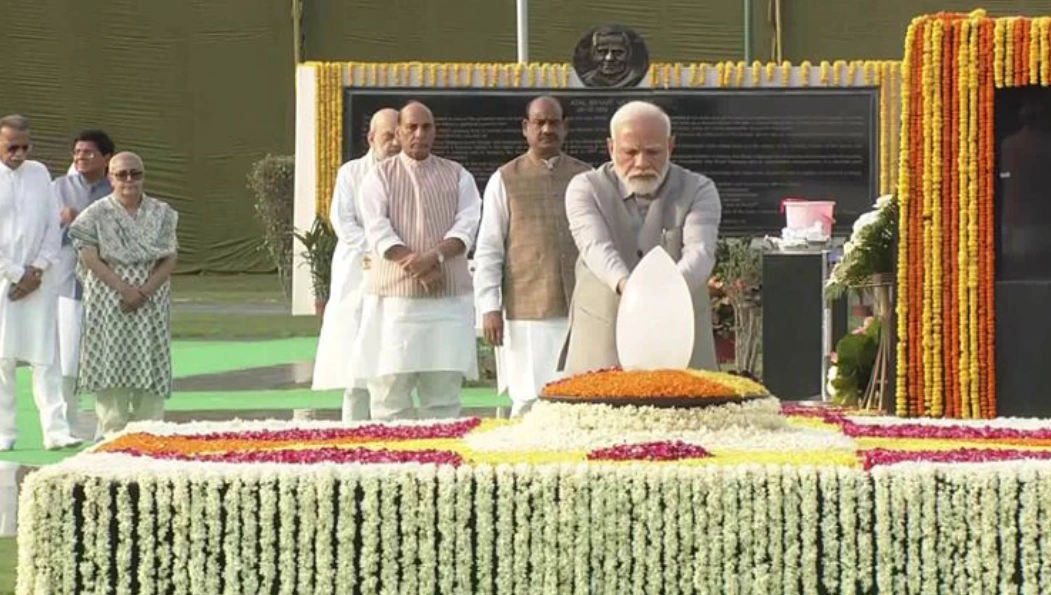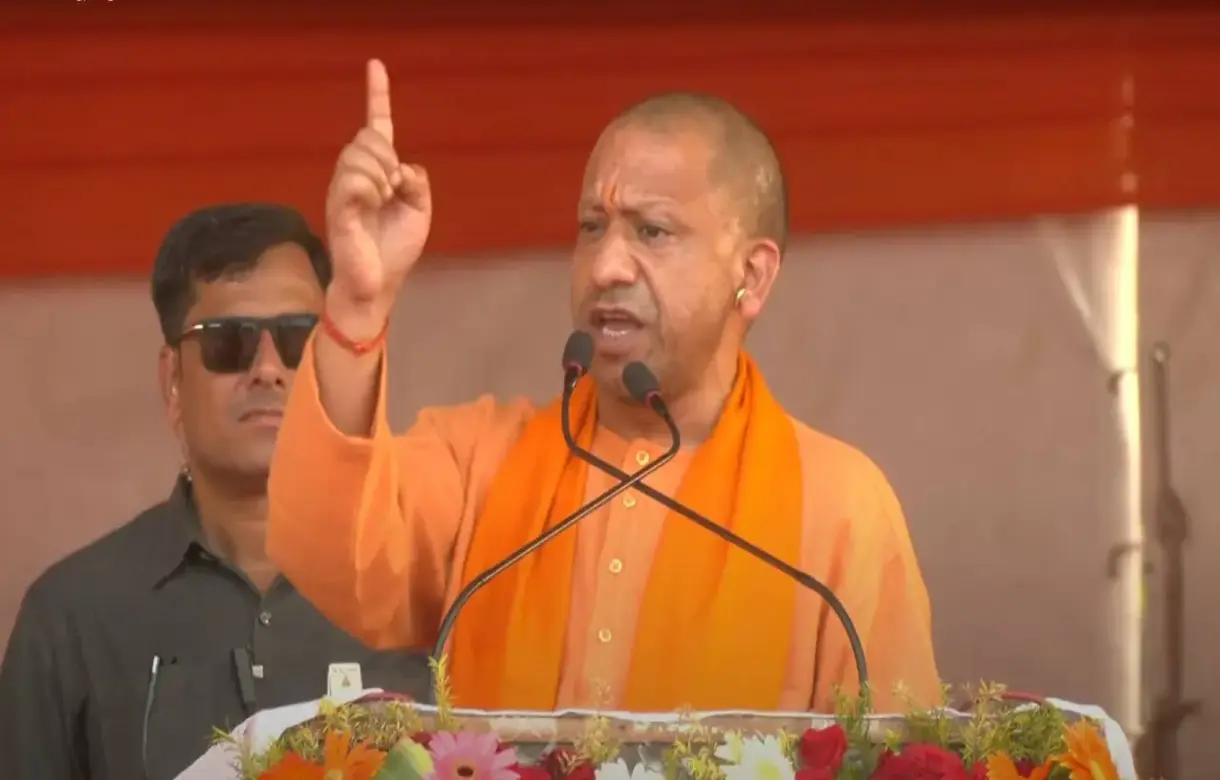India News
SDPI leader KS Shan, Kerala BJP leader murdered in span of 12 hours; Section 144 imposed in Alappuzha
Kerala’s Alappuzha woke up with horror on Sunday, December 19 after Social Democratic Party of India (SDPI) leader KS Shan and BJP leader Ranjith Sreenivasan have been allegedly murdered in a span of 12 hours.
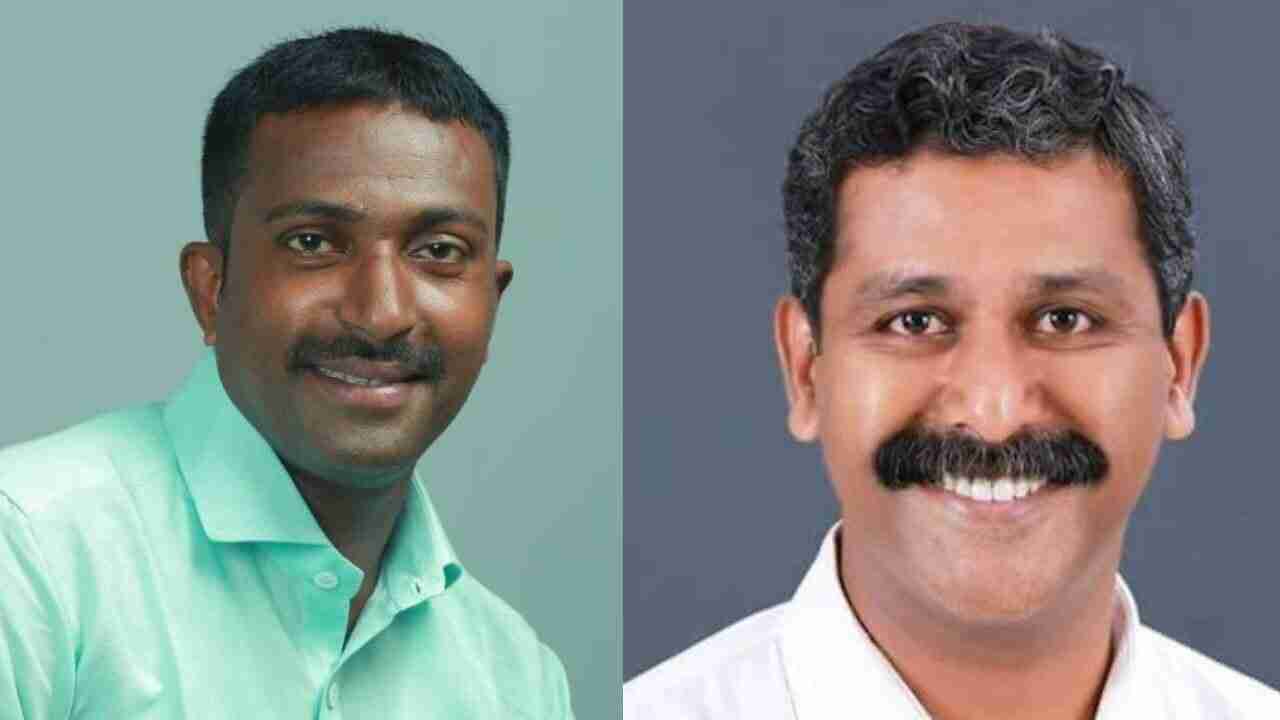
India News
PM Modi pays tribute to Atal Bihari Vajpayee at Sadaiv Atal, says leadership is defined by conduct
PM Modi paid tribute to Atal Bihari Vajpayee at Sadaiv Atal, saying true leadership is defined by conduct and values, not by position.
India News
Cried over Gaza, not a word on Bangladesh: Yogi Adityanath attacks opposition in UP Assembly
Yogi Adityanath criticised the opposition in the UP Assembly, accusing them of selective outrage over Gaza while remaining silent on violence against Hindus in Bangladesh.
India News
Christmas 2025 wishes for WhatsApp and Instagram status to share joy and warmth
From faith and kindness to love and joy, here are simple Christmas 2025 wishes you can use as WhatsApp and Instagram status messages.
-

 Latest world news11 hours ago
Latest world news11 hours agoTarique Rahman returns to Dhaka after 17 years, massive crowd greets BNP leader
-

 India News16 hours ago
India News16 hours agoKarnataka bus-truck collision on NH-48 leaves 10 dead as sleeper bus catches fire
-

 India News15 hours ago
India News15 hours agoCried over Gaza, not a word on Bangladesh: Yogi Adityanath attacks opposition in UP Assembly
-

 Latest world news8 hours ago
Latest world news8 hours agoKhaleda son Tarique Rahman arrives to rapturous welcome in Bangladesh
-

 India News16 hours ago
India News16 hours agoChristmas 2025 wishes for WhatsApp and Instagram status to share joy and warmth
-
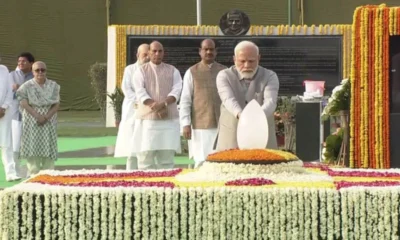
 India News15 hours ago
India News15 hours agoPM Modi pays tribute to Atal Bihari Vajpayee at Sadaiv Atal, says leadership is defined by conduct

